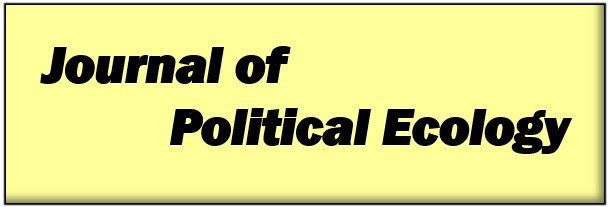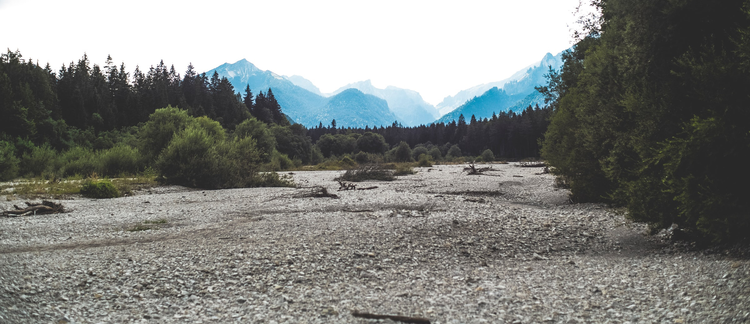Abstract
Since Charles Darwin's famous visit to the Galapagos the reputation of the archipelago has been growing in the Western imagination as a place where one can study and understand evolutionary processes. Scientists who were concerned with collecting and classifying animals and plants from the Galapagos, with the support of UNESCO and other international organizations and universities, created the Charles Darwin Foundation in 1959. That same year, the Ecuadorian Government founded the Galapagos National Park, in charge of protecting 97% of the Archipelago's terrestrial area. Since its beginning the GNP sought to restore degraded ecosystems and thus craft a "natural laboratory". Part of the plan to protect the flora and fauna of the Islands included the creation of a large tourism industry based on cruises that go from island to island. Conservationists' efforts in the 1980s and 1990s focused on protecting the oceans around the Galapagos and controlling and managing fishing for sea cucumbers, lobsters and sharks. Local people, and in particular the fishermen, resisted the efforts made by the government, conservationists, and the booming and powerful tourism industry, to impose a globalized conservation strategy and discourse and to control and limit local residents' activities. They developed new forms of resistance, appropriation and negotiation to deal with the government and the different conservation organizations. As extractive activities became illegal and criminalized and as fishing became less important from an economic point of view, local people, including the fishermen, began to view tourism as an important alternative economic pursuit. During the late 1990s new decision making bodies emphasized consensus and instituted a participatory management system in the Galapagos Marine Reserve. These organisms were not entirely successful, however, and conflicts and tensions reemerged after their creation. Despite their participation in these organisms, many local people felt ignored and marginalized while many managers and conservationists felt that locals, and especially the fishermen, had been abusing the system and the management process. The "Galapagos Paradox" results from a process by which the very same conditions that cause the Galapagos to attract the attention of scientists, conservationists and of tourists, are being put at risk by the success of its reputation and the increasing number of residents and visitors. These visitors and residents threaten the isolation of the archipelago, which has been critical in maintaining the uniqueness of the islands.
Keywords: Galapagos, national park, conservation, resistance, fishing
How to Cite:
Quiroga, D., (2009) “Crafting nature: the Galapagos and the making and unmaking of a "natural laboratory"”, Journal of Political Ecology 16(1), 123-140. doi: https://doi.org/10.2458/v16i1.21695
Downloads:
Download PDF
View PDF
3549 Views
1160 Downloads

